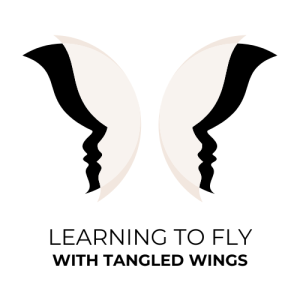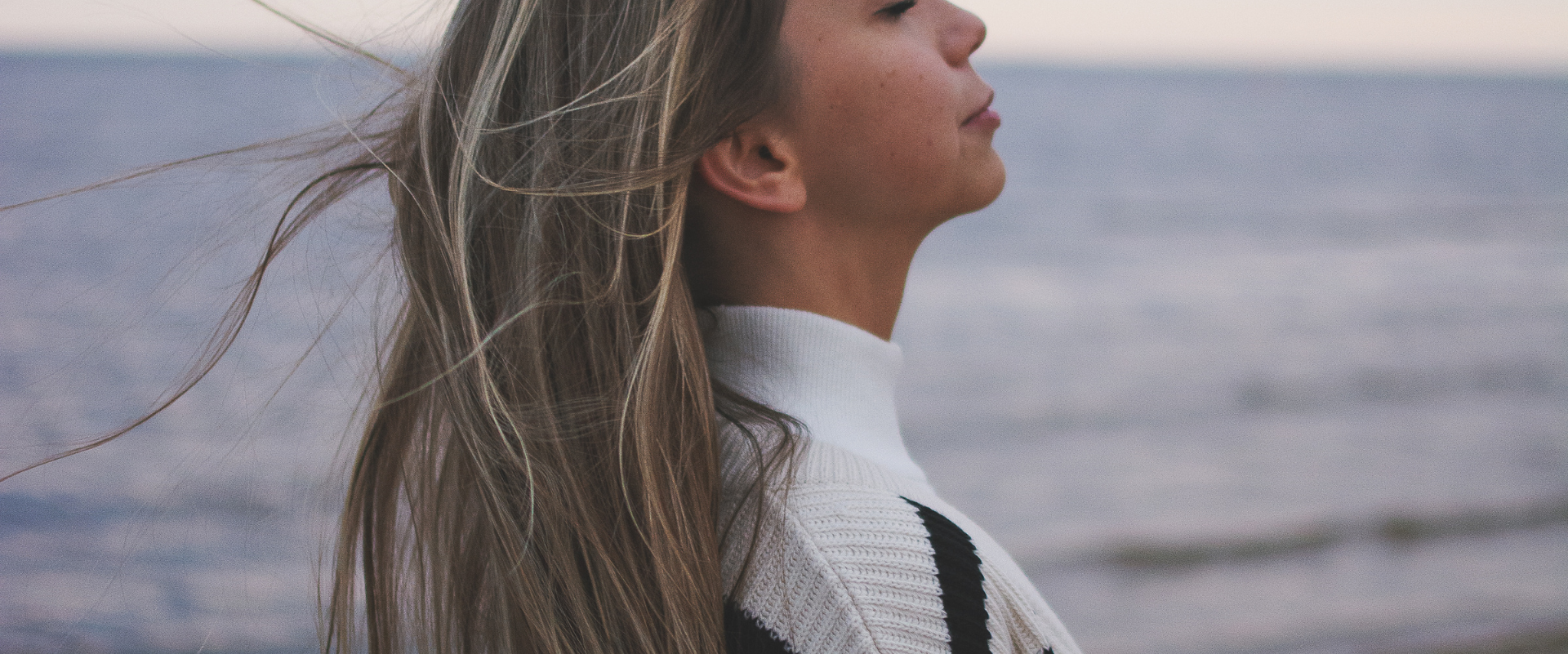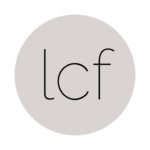The majority of rotational movement is generated from the thoracic spine. It is built for this movement & we see that in its anatomical composition. The thoracic region has the same amount of vertebrae as the sacral & cervical spine has put together.
Each thoracic vertebrae is attached to a pair of ribs joined on either side. Each pair wraps around the body & connects to the sternum at the front of the body. There are also two sets of floating ribs at the very bottom that do not attach to the sternum at the front body as the other 10 pairs do. Because the thoracic region is connected to the ribs, it makes sense that the muscles located between the ribs, the intercostals, effect the ROM in our twists & lateral flexion (sidebending) of the spine. The intercostals are comprised of three layers of muscle that mechanically shrink & expand the chest cavity as we breathe. Lengthening these muscles in our twists allows us a deep connection with our breath & respiratory system.
What may be less initially apparent is the importance of the strength & openness of our hips & shoulders as it relates to these movements. Oftentimes, we will try & initiate the twist from the base of our spine all the way up to our crown. While well-intentioned, we know that the lumbar & lower-back area of the spine have much larger, supportive vertebrae. Their main functions are flexion & extension, not rotation. By stabilizing our pelvis & initiating the twist from the thoracic spine, we don’t risk potentially compromising the SI joint at the base of the lumbar spine.
We will often bind the hands in our twists to create leverage. Binds require the medial (internal) rotation of our shoulder. As with all muscle groups, the restriction is opposite the function. So, in order to identify those muscles that might restrict medial rotation of the shoulder joint, we look to those muscles that serve to laterally (externally) rotate the shoulder joint. The primary external rotators of the shoulder joint are the posterior portion of the deltoids & two of the rotator cuff muscles, the infraspinatus & teres minor. Tightness in these muscles can restrict our medial rotation of the shoulder & therefore, restrict our ability to bind in our twists.





